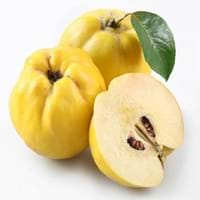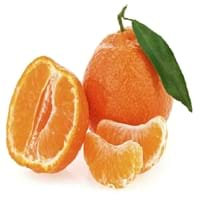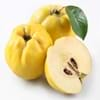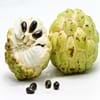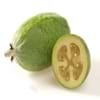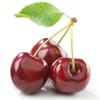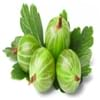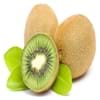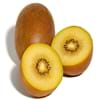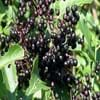Health Benefits
Cancer prevention, Cures gastro-intestinal troubles, Reduces nervous tension, Ulcer prevention
Cancer prevention, Heart care, Increases metabolic rate, Reduces stress
General Benefits
Anti oxidant properties, Anti-inflammatory properties, Boosts immune system, Controls blood pressure, Digestive aid, Eye care, Helps in weight loss, Improves blood circulation, Maintains healthy cholesterol level
Boosts immune system, Controls blood pressure, Digestive aid, Eye care, Helps in weight loss
Skin Benefits
Anti-aging benefits, Reduces wrinkles
Brightens and lightens complexion, Treatment of acne, Treatment of dark spots
Hair Benefits
Regulates hair growth
Promotes longer and healthier hair, Protects hair
Allergy Symptoms
NA
Abdominal pains, Breathing difficulty, Coughing, Diarrhea, Drop in blood pressure, Fainting, Runny nose, Skin rash, Sneezing, Swelling of mouth, tongue or lips, Vomiting
Side Effects
Allergic reaction
Allergic reaction
Best Time to Eat
As a snack in the late afternoon, Don't consume at night and before bed, Eat the fresh ones, avoid mixing with any other foods, don't eat after meal., Morning time (before lunch)
As a snack in the late afternoon, Don't consume at night and before bed, Eat the fresh ones, avoid mixing with any other foods, don't eat after meal., Morning time (before lunch)
Vitamin A (Retinol)
Not Available
Vitamin B5 (Pantothenic Acid)
Vitamin C (Ascorbic Acid)
Vitamin E (Tocopherole)
Not Available
Vitamin K (Phyllochinone)
Not Available
Calories in Fresh Fruit with Peel
Not Available
Calories in Fresh Fruit without Peel
Not Available
Calories in Frozen Form
Not Available
Not Available
Calories in Dried Form
Not Available
Calories in Canned Form
Not Available
Not Available
Varieties
Meech’s Prolific, Lusitanica, Champion and Vranja AGM
Clemenules or Nules and Nadorcott
Color
Green, Yellow
Orange
Inside Color
White
Orange
Texture
Crunchy
Succulent
Taste
Tart
Sweet, Tangy, Tart
Origin
Iran, South-West Asia, Turkey
China
Soil Type
Loam, Well-drained
Loam, Sandy, Well-drained
Climatic Conditions
Warm
Warm to hot climate
Facts about
- Due to its strong & fruity aroma, brides consumed quince to ensure "perfumed lips".
- It is also called as ‘Pear of Cydonia’, being native to Caucasus and Iran.
- They call it as the ‘golden apple’ of Greek Mythology.
- Clementine was first grown at the citrus research center in USA in 1909.
- It is called as"Christmas orange" as it's limited growing season falls during winter.
- It's a hybrid between Mediterranean and Oranges.
Top Producer
Turkey
Spain
Other Countries
Algeria, Argentina, Azerbaijan, China, Iran, Morocco, Serbia, Spain, Uzbekistan
Argentina, Brazil, Egypt, Italy, Japan, Morocco, Turkey, United States of America
Top Importer
United States of America
United States of America
Top Exporter
Argentina
Spain
Botanical Name
Cydonia oblonga
Citrus clementina
Synonym
C. vulgaris
Not Available
Subkingdom
Tracheobionta
Tracheobionta
Division
Magnoliophyta
Magnoliophyta
Class
Magnoliopsida
Magnoliopsida
Species
C. oblonga
C. clementina
Generic Group
Rose
Citrus fruit
Difference Between Quince and Clementine
We might think that Quince and Clementine are similar with respect to nutritional value and health benefits. But the nutrient content of both fruits is different. Quince and Clementine Facts such as their taste, shape, color, and size are also distinct. The difference between Quince and Clementine is explained here.
The amount of calories in 100 gm of fresh Quince and Clementine with peel is 57.00 kcal and Not Available and the amount of calories without peel is Not Available and 47.00 kcal respectively. Thus, Quince and Clementine belong to Low Calorie Fruits and Low Calorie Fruits category.These fruits might or might not differ with respect to their scientific classification. The order of Quince and Clementine is Rosales and Sapindales respectively. Quince belongs to Rosaceae family and Clementine belongs to Rutaceae family. Quince belongs to Cydonia genus of C. oblonga species and Clementine belongs to Citrus genus of C. clementina species. Beings plants, both fruits belong to Plantae Kingdom.
